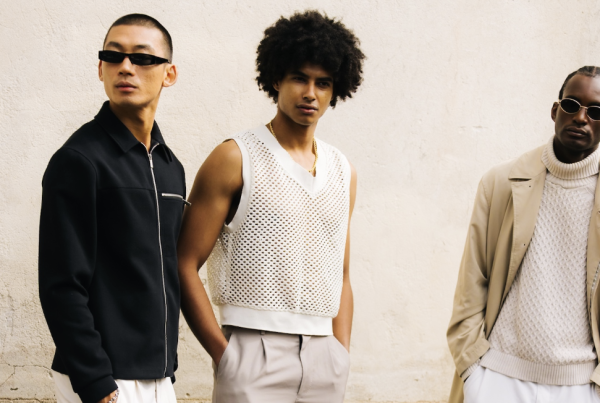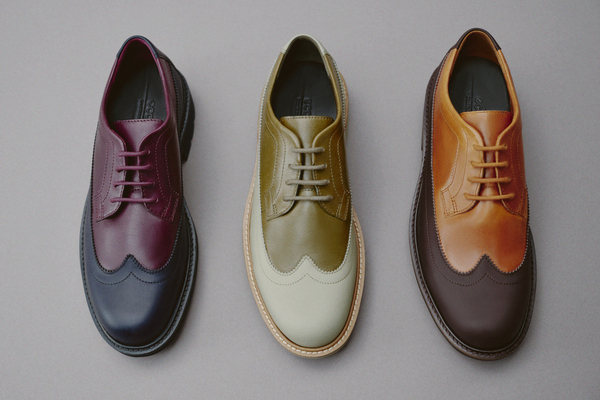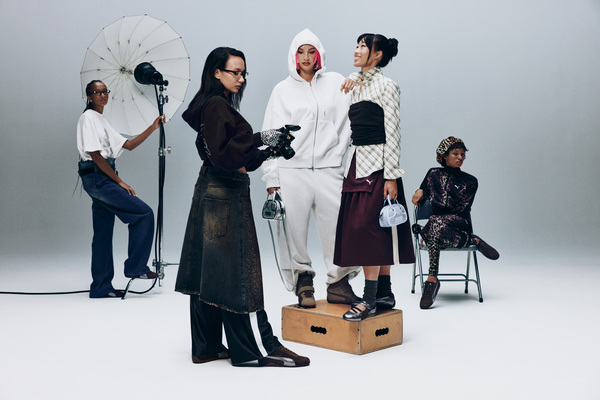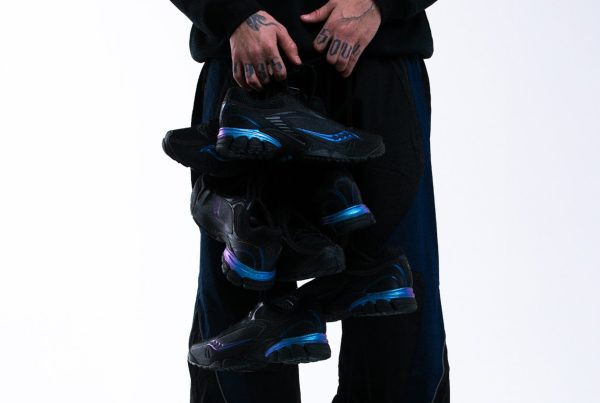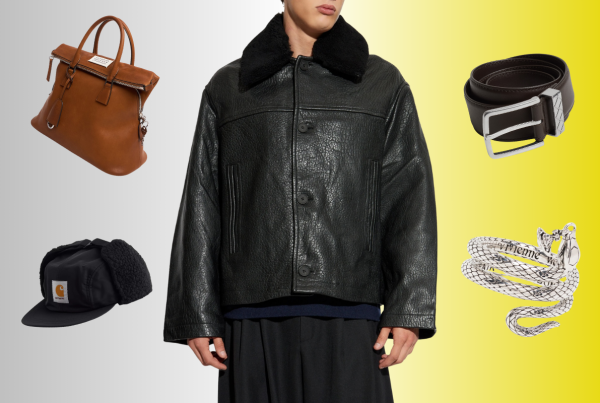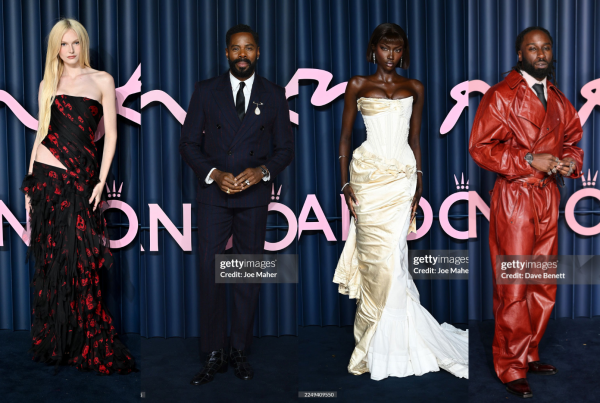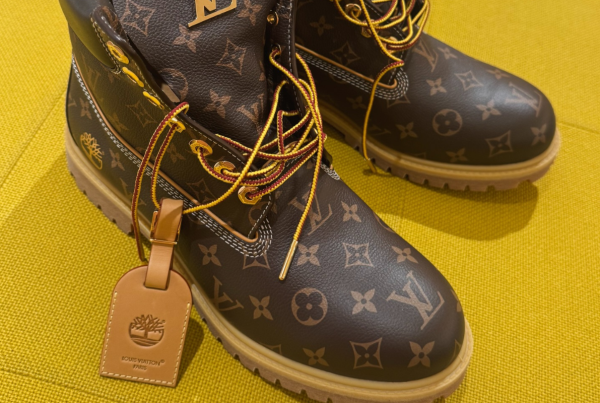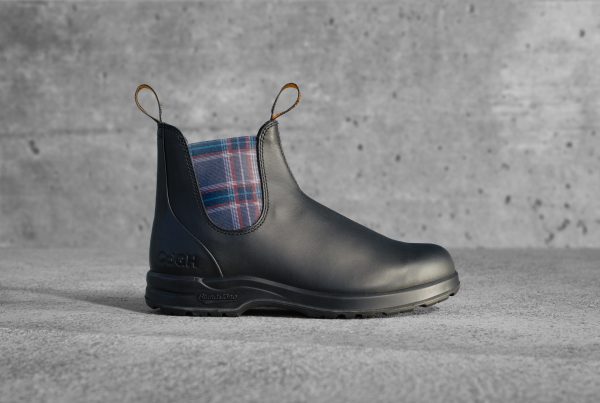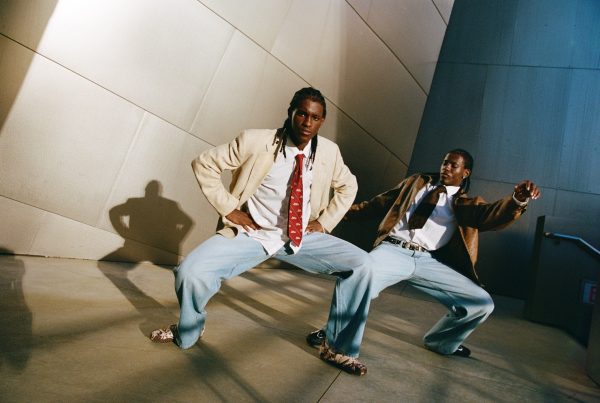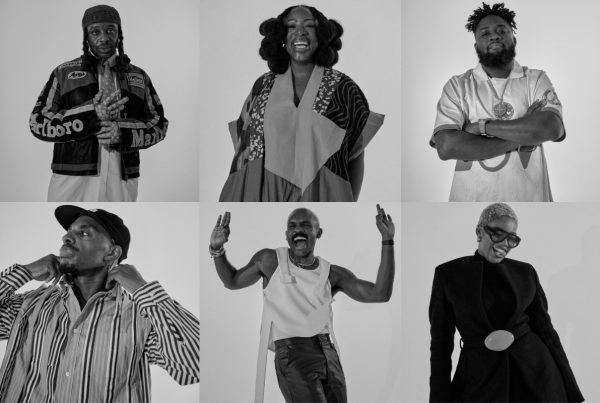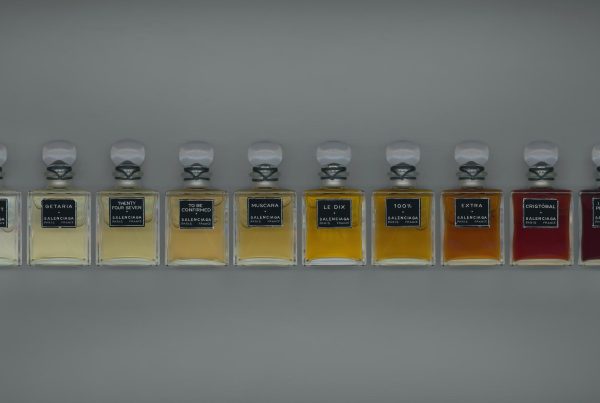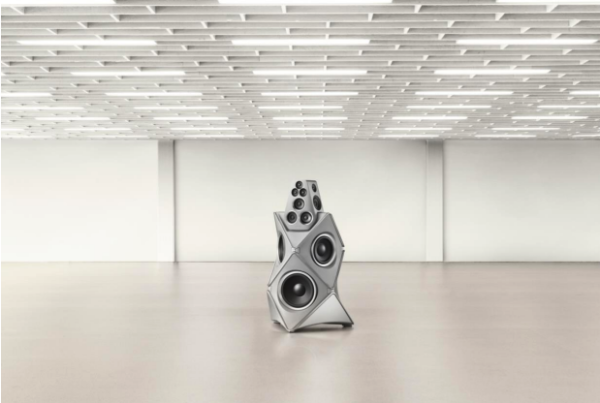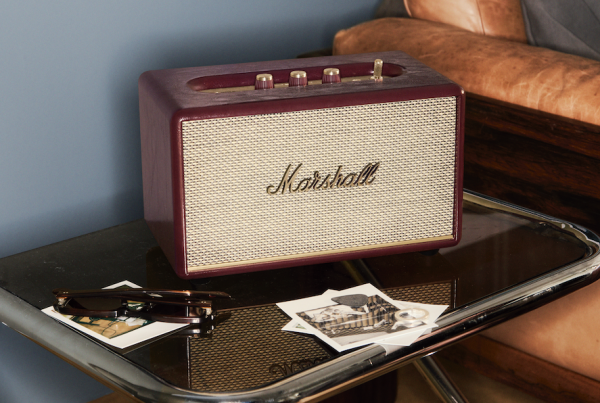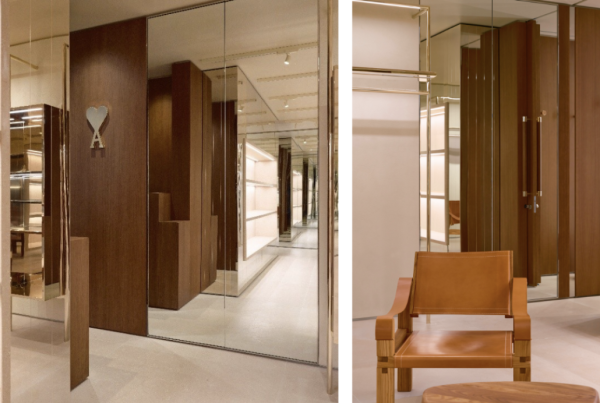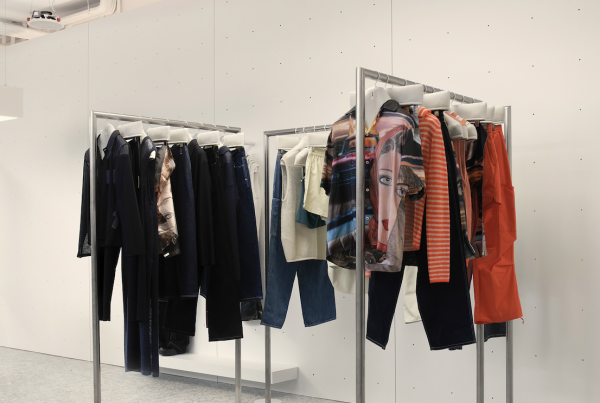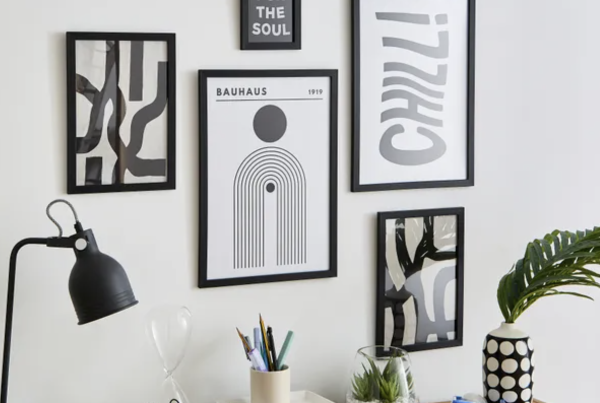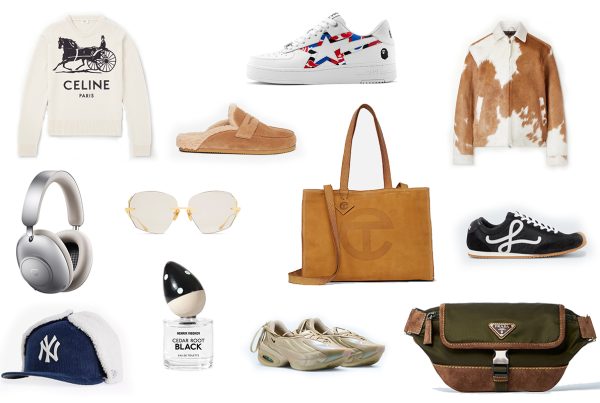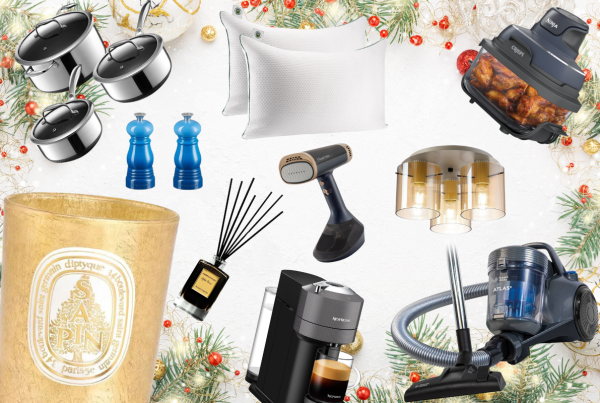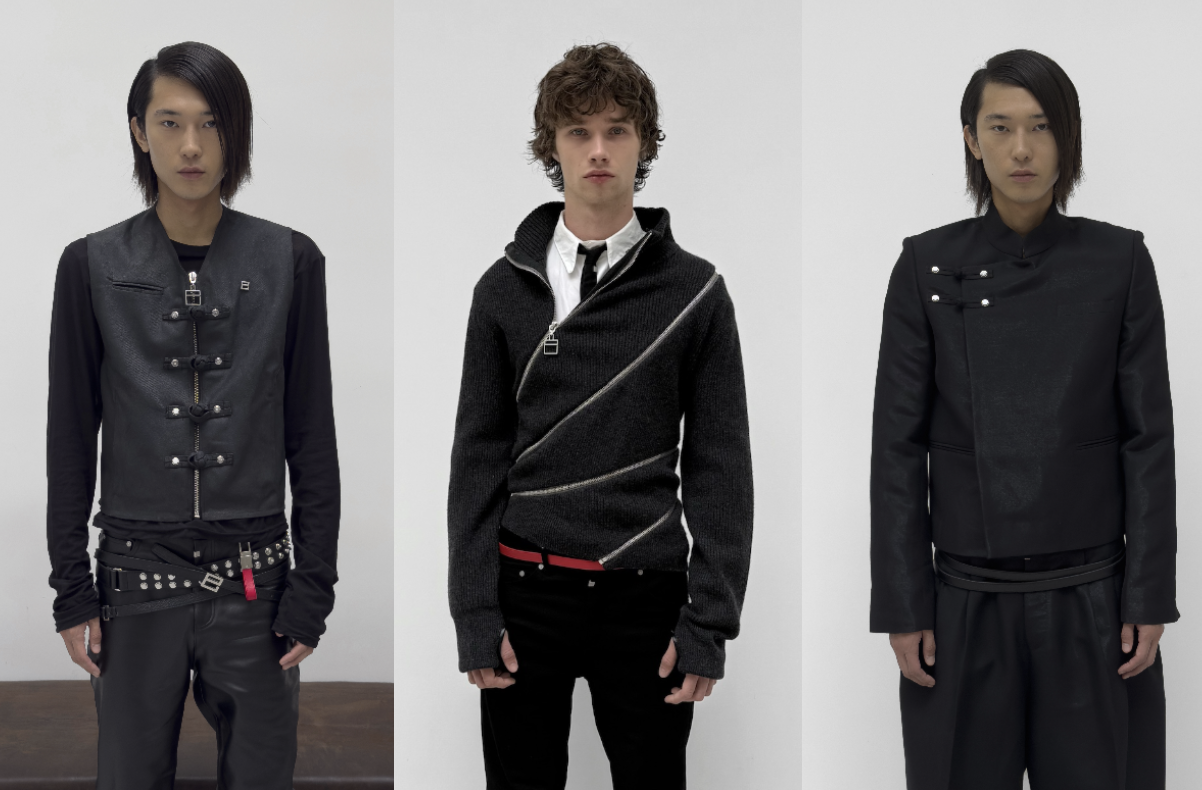 For those with certain health issues, getting dressed in the morning can be an arduous task. Mobility issues, sensory issues, fatigue and pain can all factor in, making the physical act of dressing more of a chore than a joy.
For those with certain health issues, getting dressed in the morning can be an arduous task. Mobility issues, sensory issues, fatigue and pain can all factor in, making the physical act of dressing more of a chore than a joy.
Whether you’re dealing with mobility challenges short-term or adapting to a chronic health condition, finding ways to dress stylishly and comfortably can also give a much-needed confidence boost.
About Adaptive Clothing
Adaptive clothes are intended for people who have difficulty dressing. This can be due to surgeries; for example, Turkey tummy tuck services, where loose-fitting clothing is advised. This can also be due to physical disabilities, chronic-health, cognitive health issues or age-related conditions,
Alternatively, adaptive dressing can also be useful for people with autism, who may experience heightened sensitivity to certain fabrics or textures that can feel itchy, abrasive, or even physically painful. The purpose of adaptive clothing is to make life easier, but it’s also about restoring confidence when it’s needed most.
Adaptive Features
When looking for adaptive clothing, Know your needs and consult with a healthcare professional first to make sure you can dress safely. Features to look for include:
- Easy fasteners: Poppers, velcro, magnetic buttons and hook-and-loop can be easier to manage than buttons, especially for people with conditions affecting hand dexterity, such as arthritis.
- Comfortable construction: Avoiding fasteners that dig in can also help, in addition to wireless bras and stretch waistbands. Label-free, seamless clothing also helps with sensory issues while helping reduce skin irritation.
- Adaptive fabrics: Thermo-regulating and sweat-wicking fabrics are often used in adaptive clothing to help ease symptoms associated with temperature, while softer, breathable textures like bamboo are kinder to skin. Some materials also feature antibacterial properties.
- Stretch fabrics: Stretchy items not only help to make dressing easier; for those with fatigue issues they also allow for rest throughout the day, while promoting gentle mobility.
- Loose-fitting designs: Frequently recommended to people post operation, loose-fit designs can also be useful for added comfort and mobility, minimising pressure and allowing for better air circulation to help regulate temperature.
- Compression clothing: Some people require pressure to help them recover or manage their symptoms. This can apply to post operative symptoms (for example following a tummy tuck) or alternatively can be worn by people with autism to offer a sense of stability and calm.
- Supportive features: Some items of clothing are specially designed to support specific health conditions, with features like gentle back support, pockets to hold stoma pouches, drain tubes or other equipment.
Useful Tips
Here are some tips that can help to make getting dressed easier. Depending on your needs, you may need another person such as a carer or trusted family member to help, so adapt these to suit you.
- Get your outfit ready the night before.
- Allow plenty of time to get dressed.
- Arrange clothes in order before putting them on.
- Where needed, use mobility aids to help you dress: items like dressing sticks, reachers, shoehorns and sock aids can all help to take the strain out of getting dressed.
Fashion is sometimes viewed as being somewhat superficial, but how we dress can have a significant impact on how we feel. This is especially important when it comes to adaptive clothing, allowing you to express your personal style while feeling comfortable and confident.





